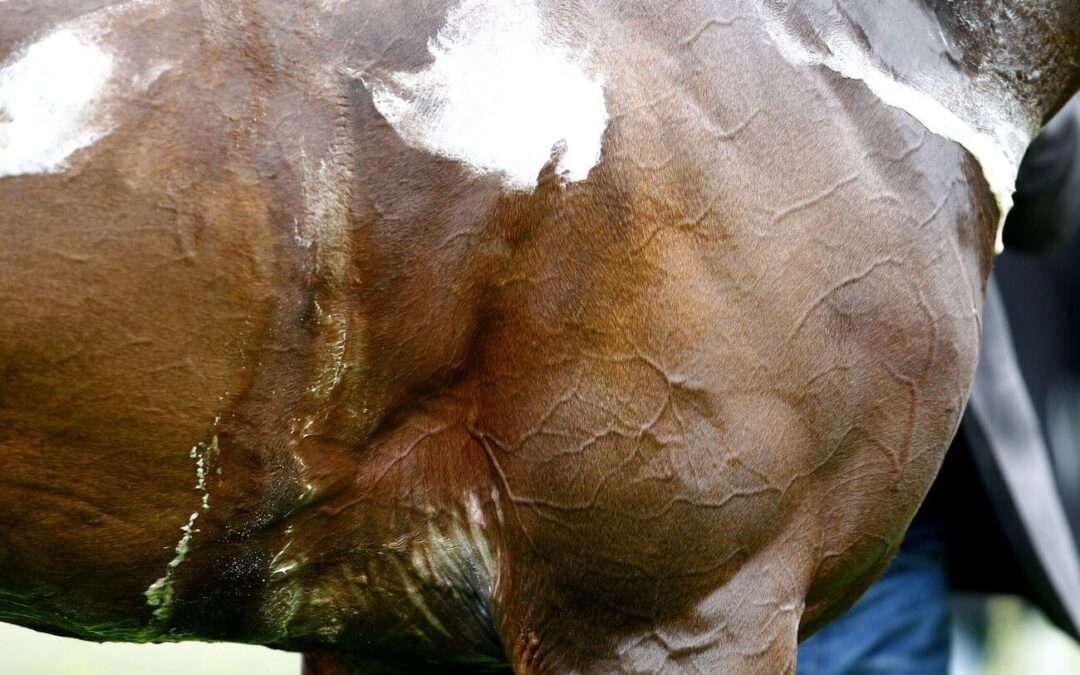
Apr 12, 2023 | Locomotion, Physiology, Welfare
Accueil 9 Category: Physiology Polysaccharide storage myopathies – or PSSMs – are rare but serious equine metabolic disorders. They are caused by an abnormal accumulation of glycogen, a complex sugar that serves as an energy source for muscle cells....
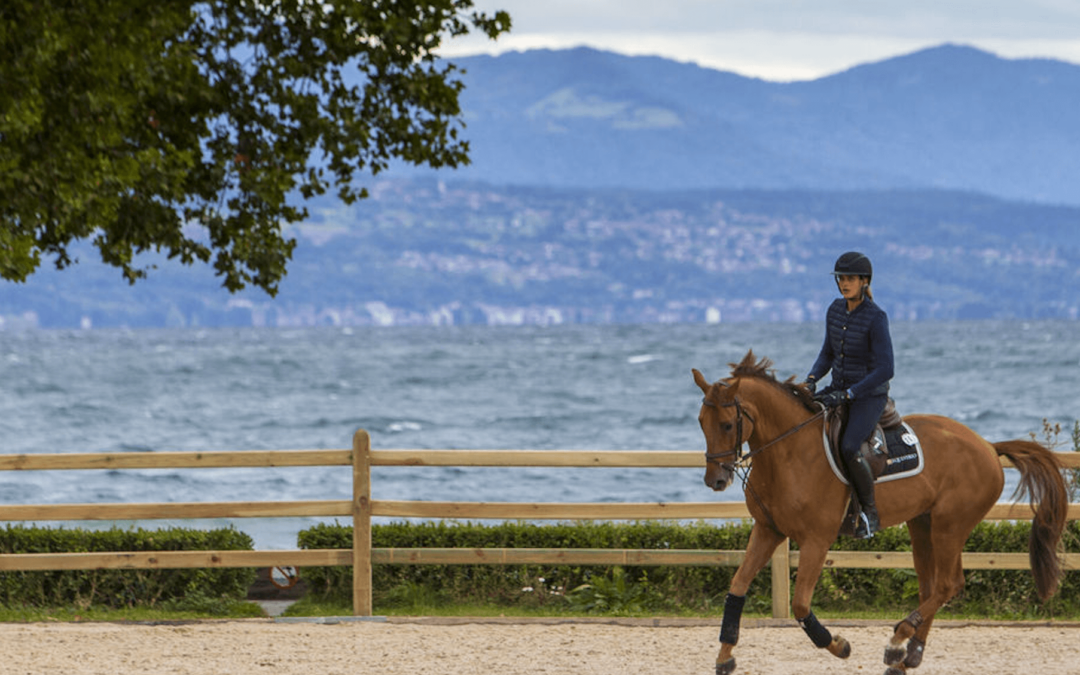
Mar 24, 2023 | Locomotion, Physiology, Welfare
Accueil 9 Category: Locomotion ( Page 2 ) The horse’s warm-up is an important part of the training process that should not be skipped. To discover its partner, understand its thinking, and most importantly, get it in shape, find the best methods to succeed...
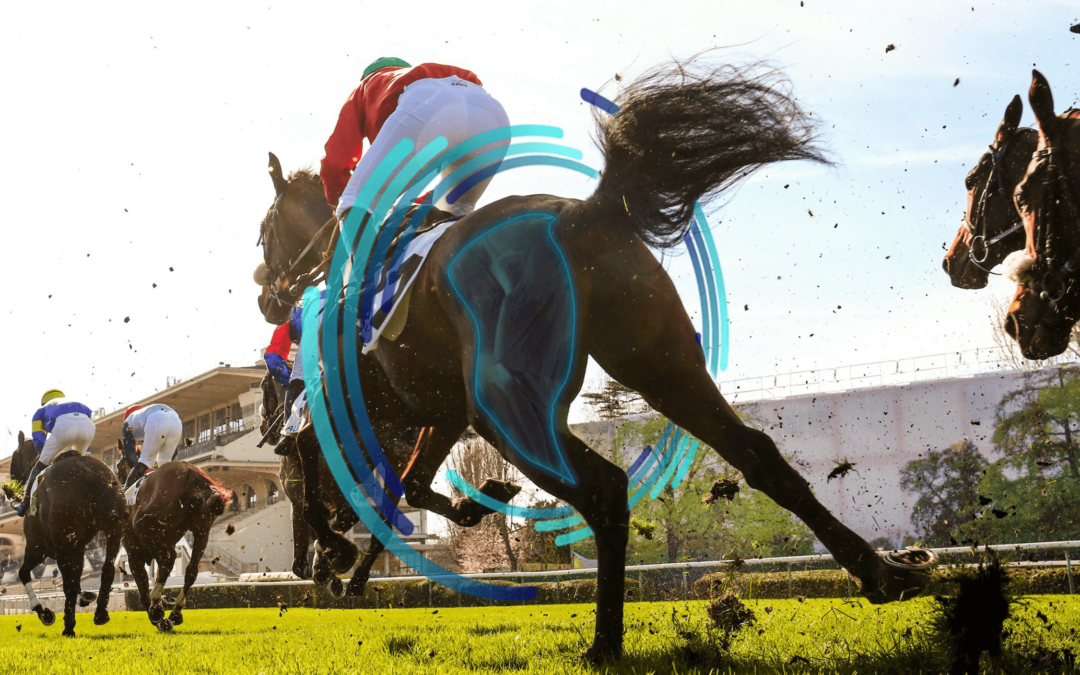
Mar 15, 2023 | Locomotion, Physiology, Welfare
Accueil 9 Category: Physiology Horse muscular disorders can have serious consequences for both health and performance. Muscles are necessary for movement, balance, and stability, and any muscular loss or dysfunction can result in a deterioration in the...
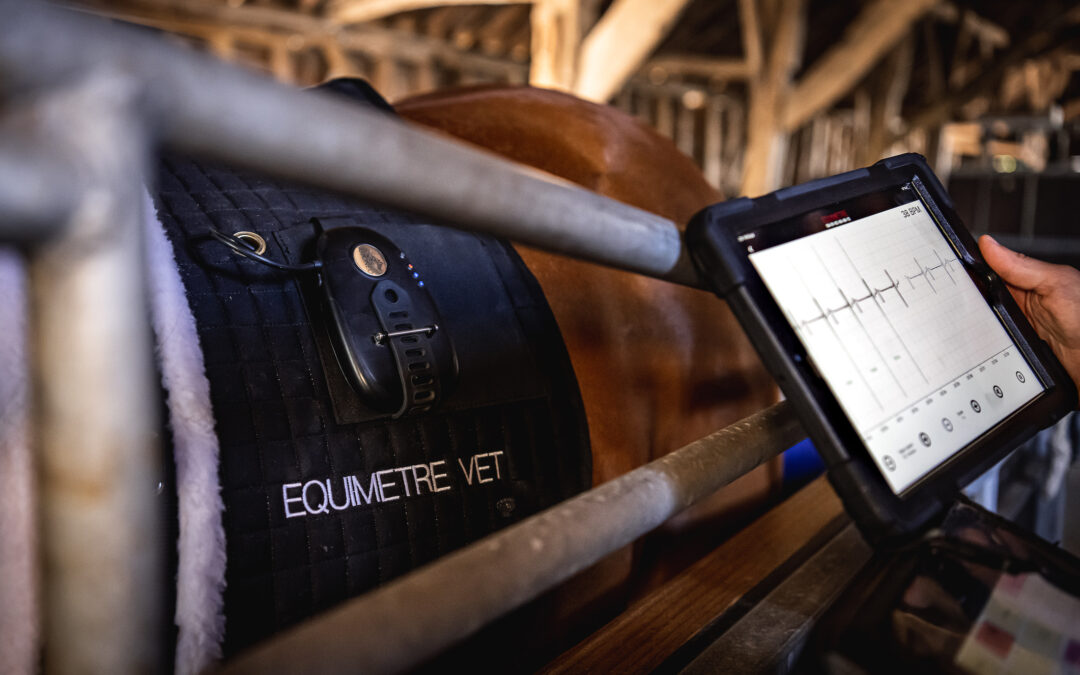
Jan 30, 2023 | Physiology, Welfare
Home 9 Category: Physiology “In horses, there is a close relationship between cardiac capacity and athletic performance. Cardiac morphology and function evolve with training, which can lead to the appearance of arrhythmias or murmurs. A good knowledge of...

Jan 3, 2023 | Locomotion, Welfare
Home 9 Category: Locomotion When a horse moves, its limbs perform a cyclical movement in two phases: the stance phase (damping – bearing – propulsion) & the swing phase (bringing back – suspension – embracing). Several factors can...
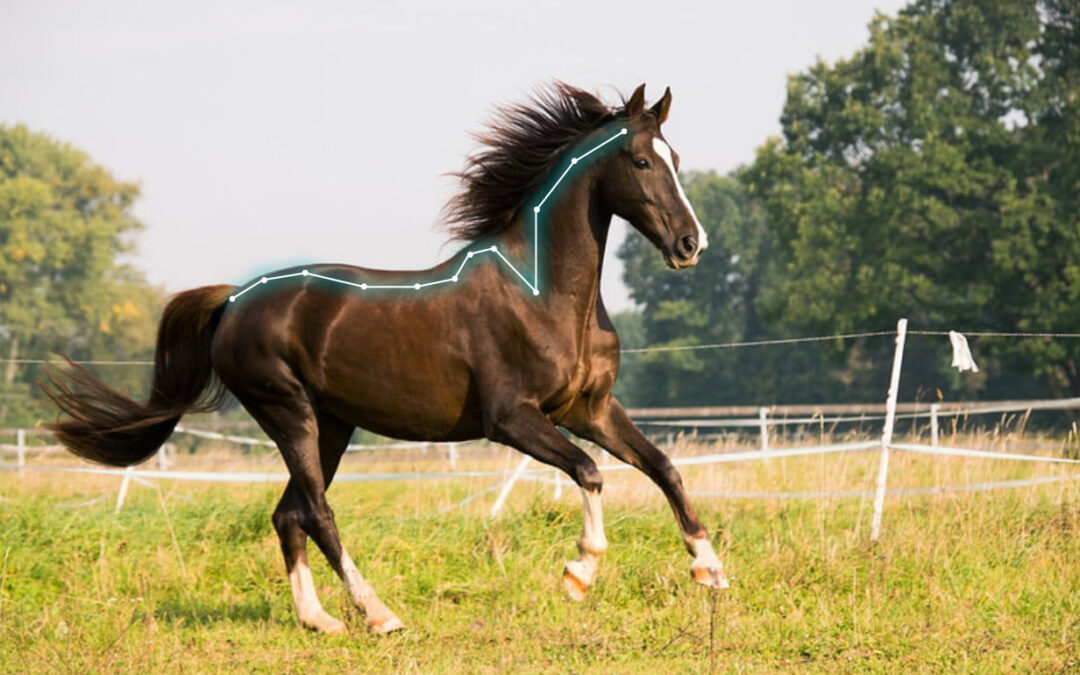
Dec 9, 2022 | Locomotion, Welfare
Home 9 Category: Welfare The horse’s back is a key element of equine biomechanics, linking the hindquarters to the forehand, and supporting the rider’s weight. The different anatomical structures and muscle chains that compose the horse’s back...







